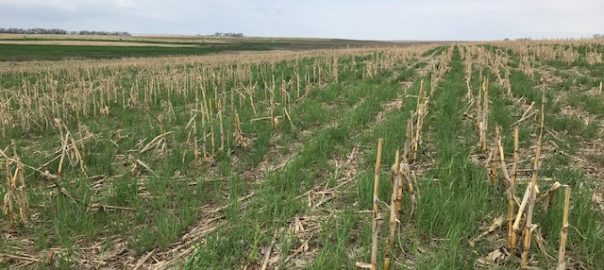Activating the soil starts at the surface
Conservation management brings soil to life. Measuring these changes in soil life can be simple and yet robust as indicators of key soil functions. This Digital Café featured Alan Franzluebbers, Ecologist with the USDA Agricultural Research Service, who described how soil-test biological activity can indicate improved soil health. This webinar was originally broadcasted July 17, 2024.
Read More...

